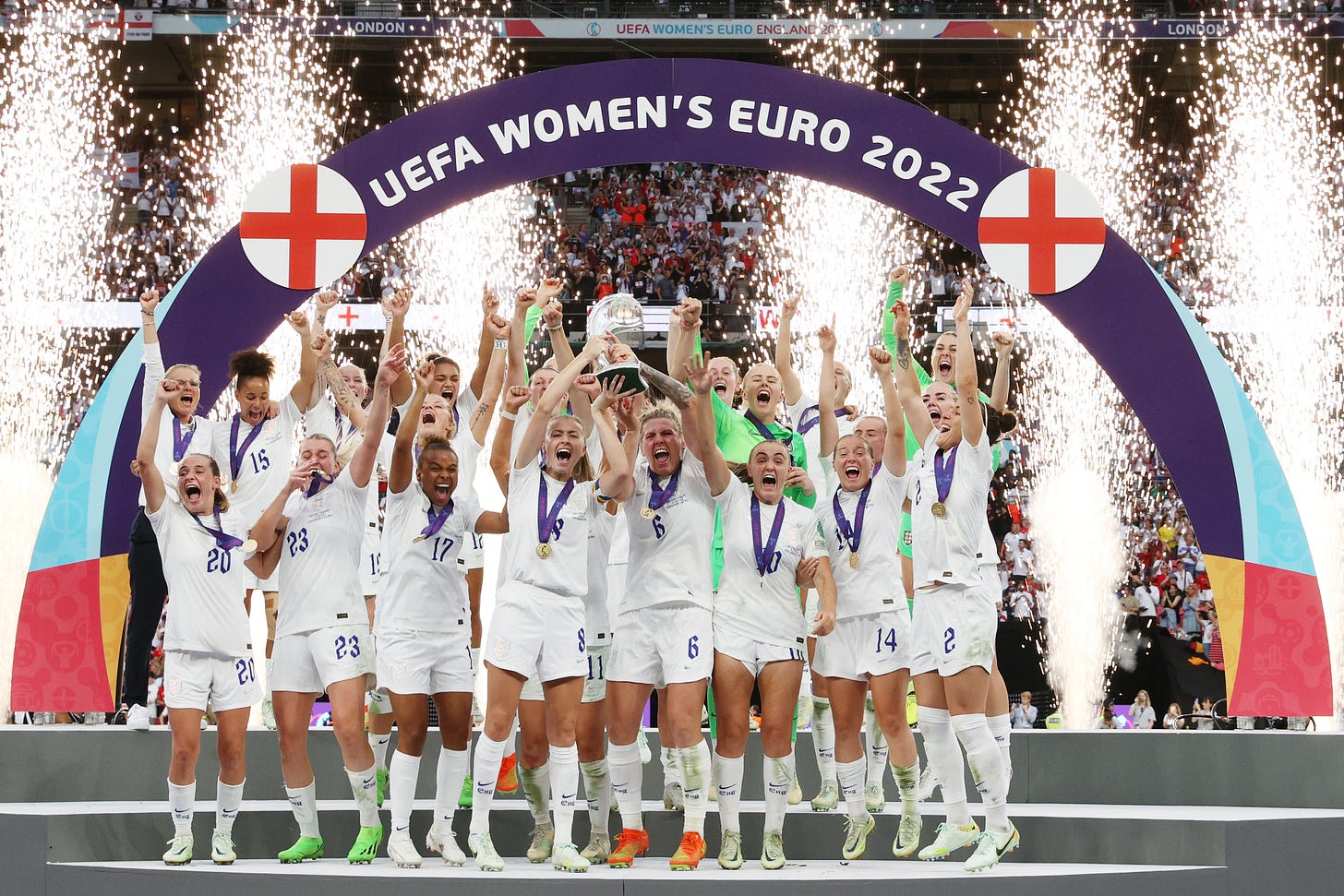FIFA Women's World Cup prize money has increased hugely – but equality still a long way off

When USA beat the Netherlands 2-0 to win the 2019 Women’s World Cup in Lyon, chants of “equal pay” reverberated around the stadium. Four years on, prize money for the tournament has increased significantly, but equality is still a long way off.
In total, FIFA will pay out $152 million in prize money for the 2023 Women’s World Cup in Australia and New Zealand, which kicks off on Thursday. That figure is much higher than the $30m from France 2019, although this tournament features eight more teams than the previous edition.
The number is also small in comparison to the prize money awarded to the men’s teams at last year’s World Cup. In total, FIFA paid out $440m to the teams at Qatar 2022, plus $209m to the clubs of the players taking part in the tournament.
Champions Argentina took home $42m after their win in Qatar last December, but the women’s team that triumphs in the final on August 20th this year will receive just over one tenth of that amount ($4.3m).

FIFA has essentially blamed broadcasters for making low bids and refusing to pay what they believe the women’s matches to be worth. And while it is true that women’s football does not generate nearly as much revenue as the men’s game, it has also had nowhere near the same exposure. FIFA, with cash reserves of $4 billion, could certainly have afforded to pay the women the same as the men.
Players exiting in the group stages in this year’s tournament are set to receive $30,000 each, while the champions will take home $270,000 apiece. And considering that the average wage globally for a professional female footballer is around $14,000, those numbers are meaningful. FIFPRO, the professional football player organisation, was key in securing the improved fees.
One potential problem is that the money will go to the national football associations and not to the players directly, which could cause conflict. Hopefully, that can be avoided.

The first men’s World Cup took place in 1930, while the women had to wait until 1991 for their own tournament. Women’s football is still playing catch-up and attendance figures over the past year have shown it to be hugely popular now. That is starting to be reflected in sponsorship deals and higher wages for the players, but the figures for this tournament show there is still a long way to go.
As the women’s game grows with the development of professional leagues, federations and club sides across the planet, it may be many years before equal pay is anywhere near a reality. For that to occur, there are many battles ahead. But with the world watching, the players know that a month of exciting football in Australia and New Zealand can only help their cause.



